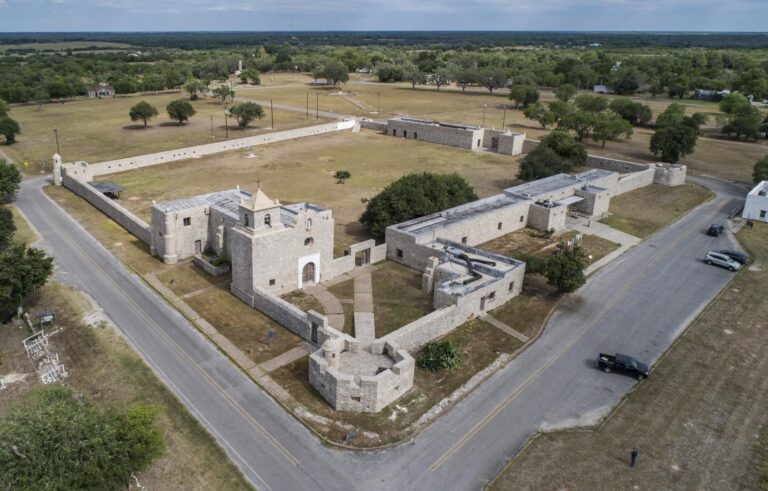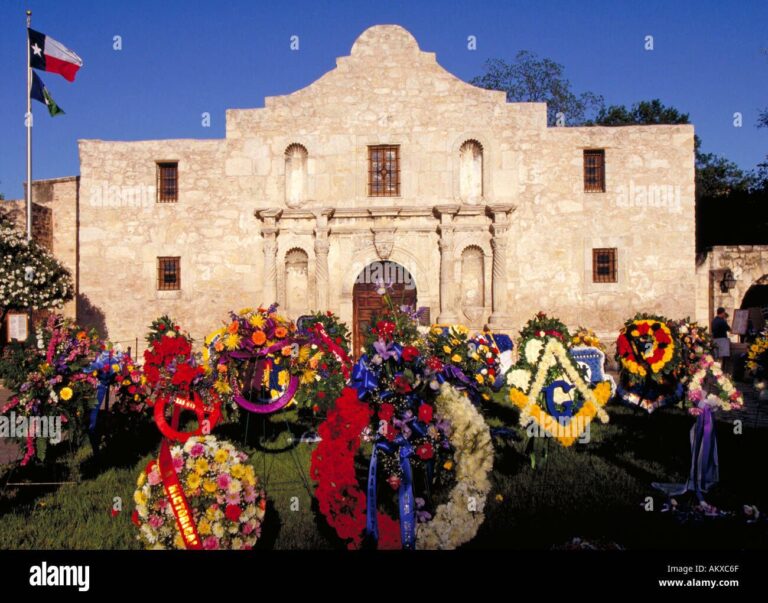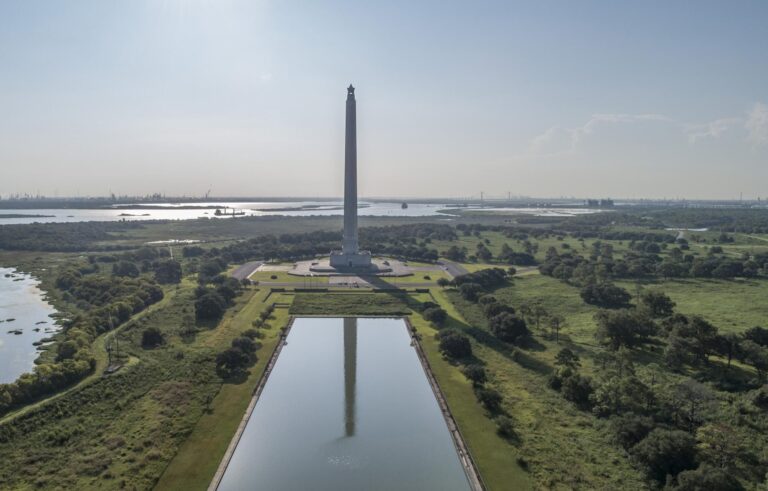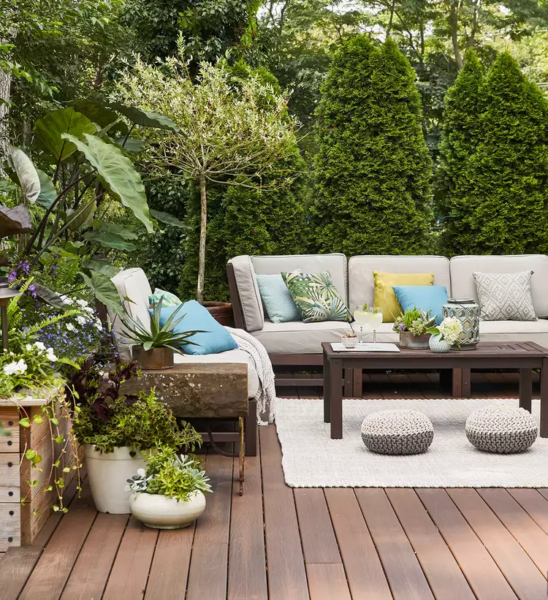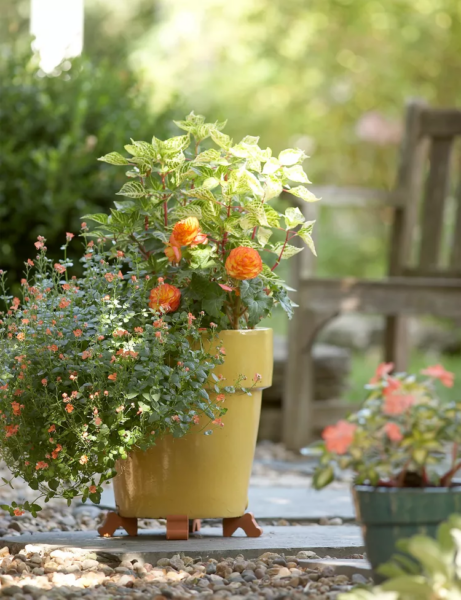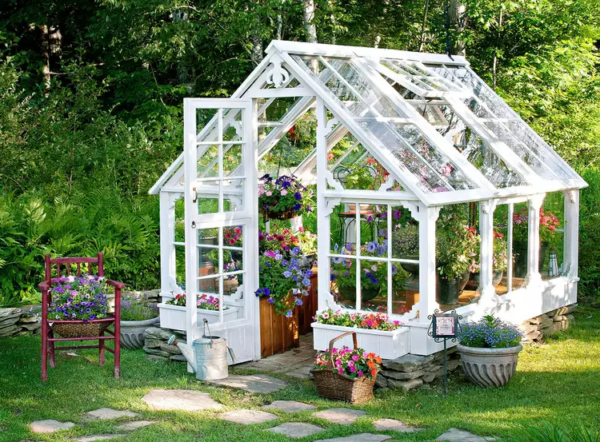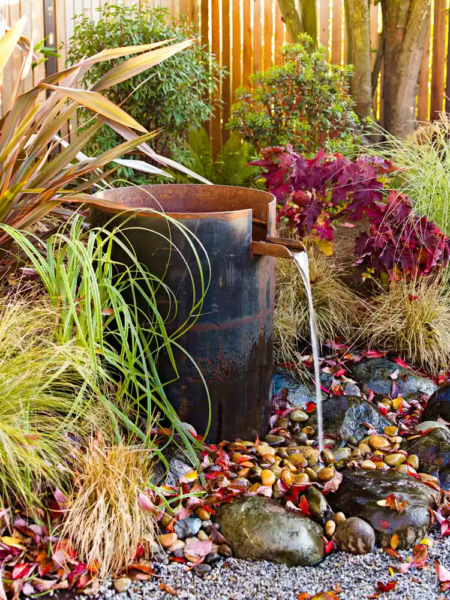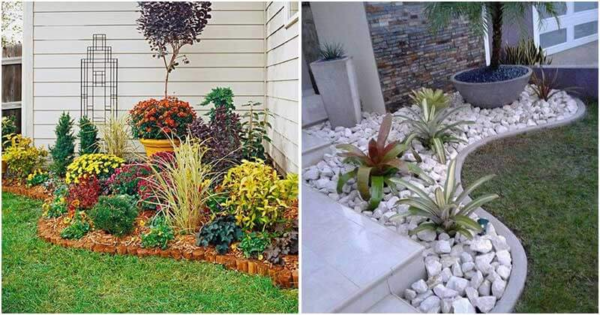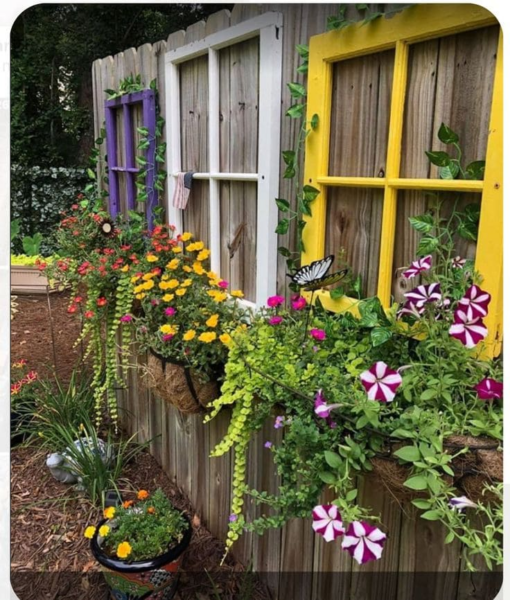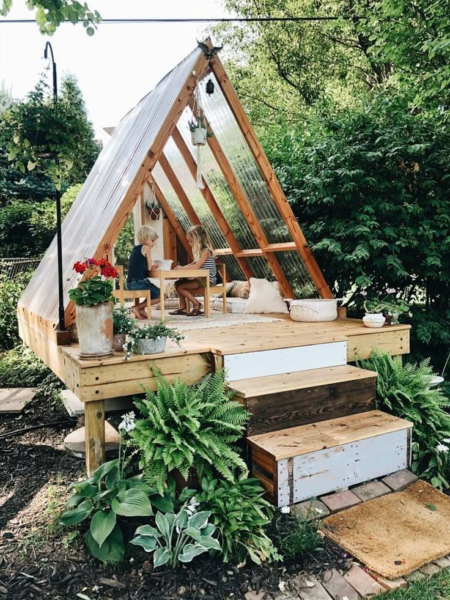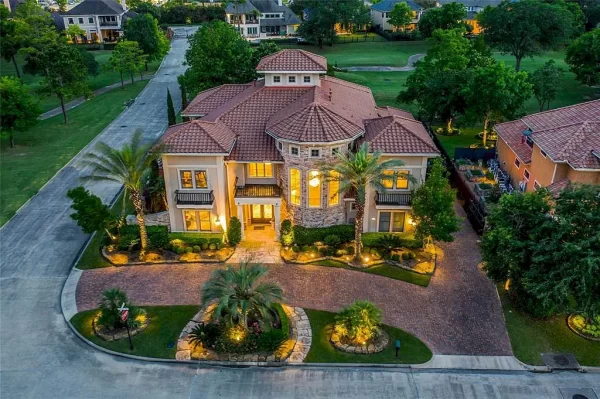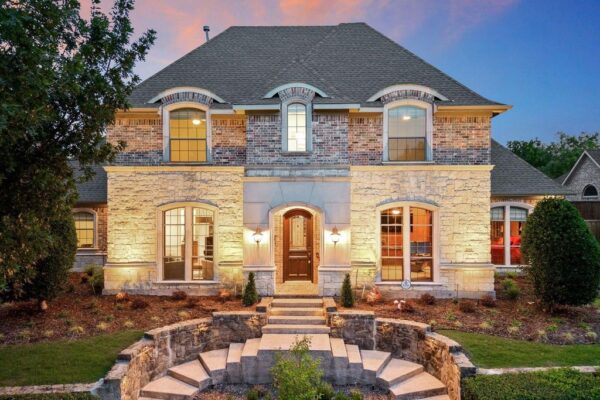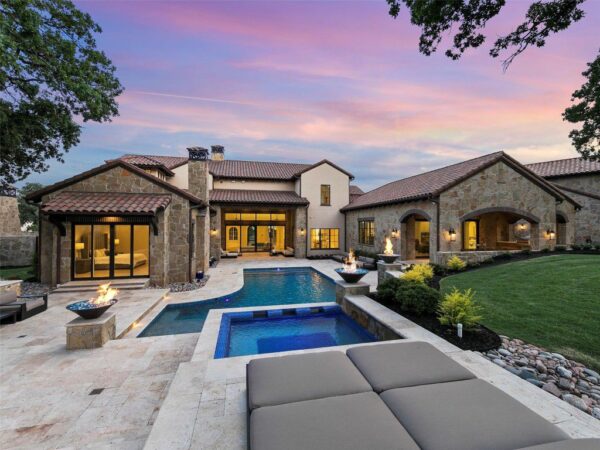Victorian Architecture in Texas: The Charm of Historic Homes and Mansions
Victorian architecture holds a timeless allure that combines intricate craftsmanship with romantic aesthetics. In Texas, the influence of Victorian design is vividly preserved in historic homes and mansions, offering a glimpse into a bygone era of elegance and sophistication. This article explores the defining characteristics of Victorian architecture, its adaptation to the Texas landscape, and the enduring charm of these historic treasures.
The Hallmarks of Victorian Architecture
Victorian architecture, which flourished during Queen Victoria’s reign from 1837 to 1901, is renowned for its eclectic styles and elaborate detailing. Key features include:
- Ornate Trim and Woodwork: Often referred to as “gingerbread” detailing, these intricate embellishments adorn eaves, porches, and gables.
- Steep Roofs: A hallmark of Gothic Revival influence, steeply pitched roofs often include dormers and decorative shingles.
- Asymmetrical Designs: Victorian homes often feature complex floor plans with multiple wings, towers, or bay windows.
- Vibrant Colors: Bold and contrasting paint schemes highlight architectural details and create visual interest.
- Stained Glass Windows: These add a touch of artistry and illuminate interiors with colorful light patterns.
In addition to these features, Victorian architecture showcases innovations brought about by the Industrial Revolution, such as prefabricated architectural elements and mass-produced materials. These advances allowed for more intricate designs and accessibility to middle-class homeowners, spreading the popularity of Victorian styles far and wide.
Victorian Homes in Texas: A Unique Adaptation
As Victorian architecture spread across the United States, Texas embraced its grandeur while incorporating regional influences. The state’s Victorian homes reflect both the materials and climate of the region:
- Local Materials: Texas’ Victorian homes often utilized local limestone, brick, and cypress wood, adapting to the availability of resources.
- Wide Wraparound Porches: To combat the heat, many homes featured expansive porches that provided shade and outdoor living spaces.
- High Ceilings: Interiors were designed with soaring ceilings to enhance airflow and cool living spaces during hot summers.
Texas architects often adapted Victorian styles to suit local tastes and environmental conditions. For example, many homes in Galveston and San Antonio reflect a blend of Victorian and Mediterranean influences, resulting in a unique architectural identity that is distinctly Texan.
Iconic Victorian Mansions in Texas
Several Victorian-era mansions and homes in Texas stand as architectural landmarks and cultural treasures:
Bishop’s Palace in Galveston
This opulent mansion, also known as the Gresham House, is a prime example of Victorian exuberance. Built in the late 19th century, it showcases intricate carvings, stained glass windows, and lavish interiors that reflect the affluence of the time. Visitors can marvel at its meticulously preserved details, including hand-carved woodwork and a stunning spiral staircase.
Earle-Harrison House in Waco
This Greek Revival-style home incorporates Victorian influences, featuring a grand veranda and elegant woodwork. It’s one of Texas’ best-preserved historic homes, offering a glimpse into the lives of 19th-century residents. The home is also a popular venue for weddings and events, showcasing its timeless charm.
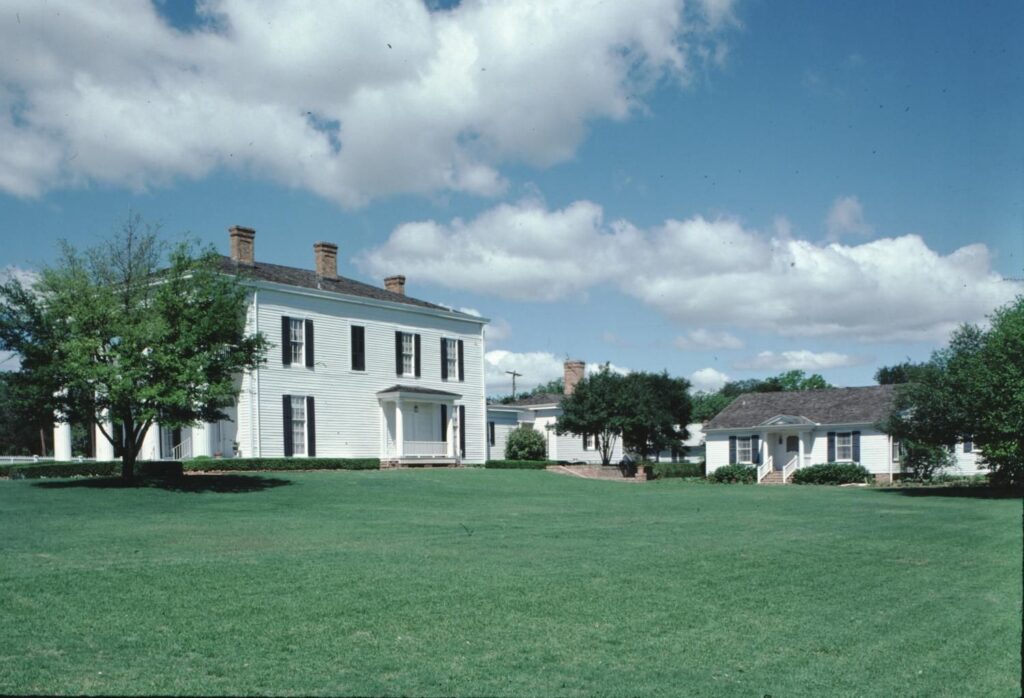
Source: texashistory.unt
The Heritage House Museum in Orange
A striking Queen Anne-style residence, this museum highlights period furniture and decor, offering visitors a step back in time. The house’s turret and asymmetrical design make it a quintessential example of Victorian architecture. Guided tours reveal fascinating stories about the families who once lived there.
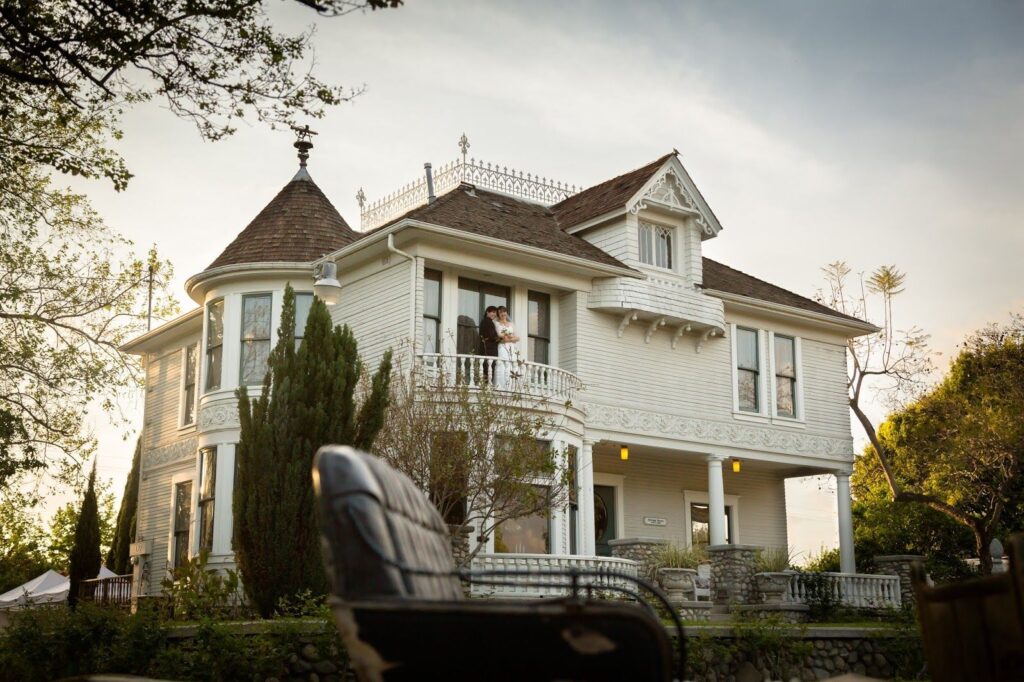
Source: hhhistory
Fulton Mansion in Rockport
Overlooking Aransas Bay, the Fulton Mansion is another standout Victorian structure. Its unique “Second Empire” architectural style, with a mansard roof and ornate details, reflects the wealth and ambition of its original owners. Today, the mansion operates as a museum, drawing visitors interested in Victorian-era innovations and lifestyles.
Preserving Victorian Charm
Restoration and preservation efforts play a vital role in maintaining Texas’ Victorian heritage. Homeowners, historians, and local communities work to safeguard these architectural gems through:
- Authentic Restorations: Replacing original materials with historically accurate alternatives to preserve the architectural integrity of these homes.
- Community Support: Historical societies and preservation groups advocate for maintaining and protecting Victorian structures. These organizations often host fundraising events and educational programs to raise awareness about the importance of preservation.
- Adaptive Reuse: Transforming historic homes into museums, event spaces, or bed-and-breakfasts keeps them relevant and accessible. This approach also generates income to fund ongoing maintenance and restoration projects.
Moreover, state and national programs, such as the Texas Historical Commission and the National Register of Historic Places, provide financial incentives and technical support for preserving Victorian-era buildings. These efforts ensure that future generations can appreciate the craftsmanship and beauty of these historic structures.
Why Victorian Architecture Endures
The appeal of Victorian homes goes beyond their ornate facades. These structures embody a sense of history, craftsmanship, and romance that modern designs often lack. Their unique character and architectural details make them highly sought after by homeowners, historians, and architects alike.
For many Texans, owning or visiting a Victorian home connects them to the state’s rich cultural heritage and the architectural legacy of the 19th century. These homes often serve as the centerpiece of historic districts, fostering community pride and attracting tourism. Additionally, the stories and traditions associated with Victorian homes offer a deeper connection to the past, making them more than just buildings—they are living pieces of history.
Tips for Visiting and Exploring Victorian Homes in Texas
To truly appreciate the charm of Victorian architecture, consider:
- Taking Guided Tours: Many Victorian homes, such as the Bishop’s Palace and the Heritage House Museum, offer guided tours that provide fascinating insights into their history and design.
- Attending Events: Keep an eye out for historical reenactments, seasonal festivals, and open house events that bring these homes to life.
- Exploring Historic Districts: Cities like Galveston and Austin feature entire neighborhoods of Victorian homes, perfect for a leisurely stroll or a photography session.
- Supporting Preservation Efforts: Donate to local historical societies or participate in volunteer programs to help maintain these architectural treasures.
Conclusion
Victorian architecture in Texas offers a captivating blend of history, artistry, and regional adaptation. From the majestic Bishop’s Palace to quaint Queen Anne cottages, these historic homes continue to charm residents and visitors alike. By preserving these architectural treasures, Texans ensure that the elegance and grandeur of the Victorian era remain an integral part of the state’s cultural landscape.
Whether you’re an architecture enthusiast or a history lover, exploring Texas’ Victorian homes is an unforgettable journey into the past. These structures not only stand as monuments to an era of elegance but also inspire future generations to value and cherish their architectural heritage.
With their unique combination of intricate detailing, historic significance, and enduring beauty, Victorian homes in Texas truly represent the charm and character of a bygone era. Plan your visit today and discover the stories these homes have to tell.


